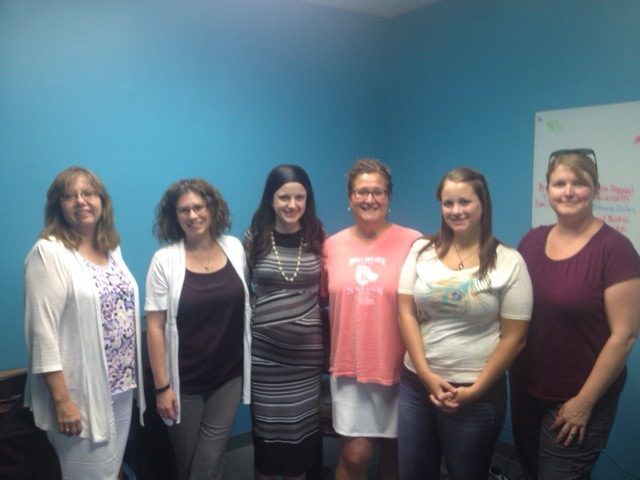During my recent trip to the USA, my husband and I took a drive to visit Becky and the other local team members in their fabulous new space in Lambertville, Michigan. Besides meeting with team members face-to-face (they are just as amazing and talented in person as in our virtual communications!), my favorite part of the trip was perusing the shipment room, a space filled with copies of many of the books our company has supported over the years.
One of the titles Becky thought I would enjoy was The Anatomy of Peace by the Arbinger Institute. On my long journey home (Indiana>Florida>Rome>Israel) I read through the entire book. Though I am still a bit jet lagged and admittedly quite uncomfortable as temperatures push towards 100◦ F (no air conditioning, but I do have two fans blowing straight on me), I am still pondering one particular lesson from the book, a lesson about taking action to fix relationships.
The Anatomy of Peace follows a story line that includes a father wrestling with his complicated and contentious relationship with his troubled son. After spending some time in a group-therapy style program, the father realizes that he must not only cease the battle in his heart and transform his negative feelings, but that he must also DO something to restore the peace.
The book lists this action as the step in peace-making called “Staying Out of the Box,” and encourages readers to “Act upon what I have discovered; do what I am feeling I should do.”
This message has stayed with me since putting the book down, particularly since this week marks the beginning of the Hebrew month of Elul, a time characterized by introspection, evaluating one’s character and deeds, and beginning the end-of-the-year (the Jewish new year falls on Sept. 15th this year) process of making amends with those you may have hurt and forgiving those who have hurt you.
So as I gear up for a meaningful Elul, I am striving to focus on making amends and rectifying two aspects of my life: personal and professional. The Anatomy of Peace encourages its readers to not only gain an understanding of the heart of their conflicts, but also to take the necessary concrete steps to ameliorate those conflicts.
For my personal life, I take this to mean swallowing my pride and apologizing to those I have hurt, stepping outside my comfort zone by reaching out to those who may have hurt me, being honest with myself about my negative habits and making concrete plans of how I will rectify them.
Professionally, I think that this means owning up to my weaknesses, learning to ask for help when I need it, admitting mistakes I have made, and speaking with my leaders and team members to try to understand ways in which I can improve.
Though I may not reside in the most peaceful region in the world (praying that changes soon), I hope to use the tools I am learning from The Anatomy of Peace to recognize how I may be contributing to conflict. My goal is to humble myself enough to learn how I can serve as a source of improvement and, ultimately, peace.

Margy Kerr-Jarrett enjoys reading, writing, and spending time in nature with her husband and daughter. Born and raised in Indianapolis, IN, Margy has been living in Jerusalem, Israel for the past three years.



Excellent article, Margy. I love how you personolized your takeaway from the book. It really was a story that every one of us could take to heart and put into action. I could relate in nearly every aspect of the story.
AWESOME that you got to meet Becky and some of the Weaving Influence team. Every single interaction I’ve had with them has been positive.